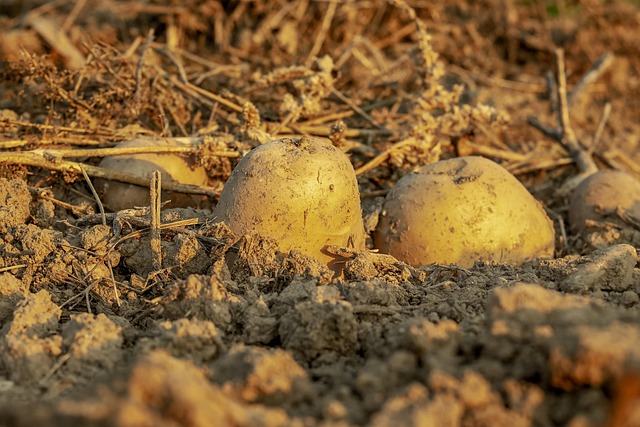Understanding the Vital Role of Soil Nutrient Content in Combating Desertification
As the relentless advance of desertification continues to threaten ecosystems and livelihoods around the globe, the urgency to preserve and enhance soil nutrient content has never been greater. Soil is more than just dirt beneath our feet; it is the foundation of life, a delicate ecosystem that sustains crops, supports biodiversity, and plays a pivotal role in regulating our planet’s climate.
The Environmental Impact of Desertification
Desertification— the degradation of land in arid, semi-arid, and dry sub-humid areas—depletes the soil of its essential nutrients, leaving behind barren landscapes that struggle to support plant and animal life. As vegetation cover diminishes, the soil loses its ability to retain moisture, leading to further nutrient loss and increased vulnerability to erosion. This creates a vicious cycle where the land becomes less productive and more susceptible to the stresses of climate change.
Climate Change and Soil Nutrient Dynamics
Climate change exacerbates desertification by altering rainfall patterns, increasing temperatures, and intensifying extreme weather events. These changes disturb the natural balance of soil processes, causing critical nutrients like nitrogen, phosphorus, and potassium to leach away or become unavailable to plants. Maintaining healthy soil nutrient content is essential not only for plant growth but also for carbon sequestration, which helps mitigate climate change.
Strategies to Sustain Soil Nutrient Content
Addressing desertification requires a holistic approach centered on restoring soil health. Here are some strategies:
- Organic Amendments: Using compost, manure, and biochar enriches soil nutrient pools and improves soil structure.
- Crop Rotation and Cover Crops: These farming techniques prevent nutrient depletion and reduce soil erosion by maintaining continuous vegetation cover.
- Agroforestry: Integrating trees and shrubs into farmland enhances nutrient cycling and provides shade that reduces soil moisture loss.
- Conservation Tillage: Minimal disturbance to the soil fosters microbial activity and maintains nutrient availability.
The Human Connection: Why Soil Nutrient Content Matters to Us All
For communities living at the frontline of desertification, the loss of soil nutrients translates into diminished food security, increased poverty, and displacement. Beyond these direct impacts, the degradation of soil health affects global climate regulation, biodiversity, and water cycles—factors that influence everyone’s wellbeing.
Nurturing the soil and sustaining its nutrient content is more than an environmental necessity; it’s a shared responsibility. By adopting sustainable land management practices and supporting policies aimed at combating desertification, we can safeguard the vitality of soils, empower communities, and foster resilience against the challenges posed by climate change.


